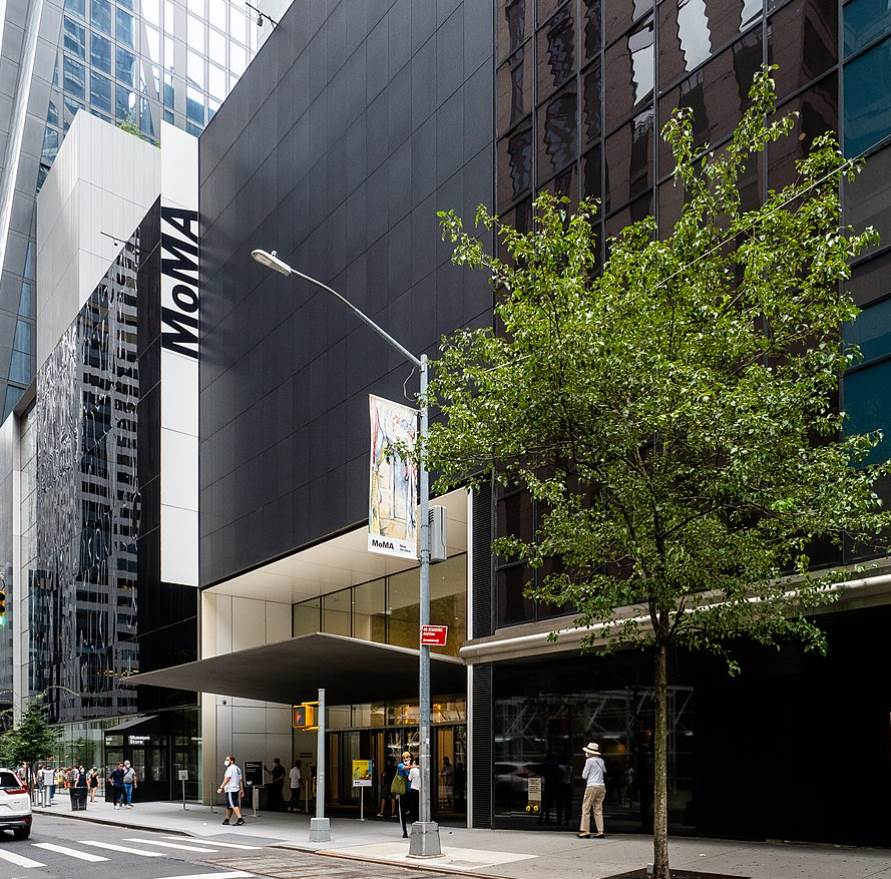It’s not hard to understand why this particular painting became one of the most famous American paintings in history.
Even though the backstory of the main figure is quite tragic, it’s also a work of art that embodies courage and perseverance.
Andrew Wyeth (1917-2009) was one of the most celebrated American artists of the 20th century and this painting certainly helped to establish his reputation all across the country.
In this article, you’ll discover some of the most interesting facts about Christina’s World, one of Wyeth’s ultimate masterpieces.
1. It was painted when the artist was in his early thirties
Very few artists in American history have had such a prolific career as Andrew Wyeth, a Realism artist who mainly focused on rural subjects.
He was the son of renowned artist Newell Convers Wyeth (1882-1945) and it’s certain that Andrew inherited his father’s artistic talent. He was also trained by him as a child.
The style he applied is referred to as American Regionalist art and he included a great sense of Realism in his paintings.
His career took off from an early age and he completed Christina’s World in 1948. He was in his early thirties at the time and already a respected painter.

2. It depicts a woman who was suffering from a muscular disorder
The painting looks a bit peculiar because we can see a woman lying in a field with a couple of buildings visible in the distance.
The woman in question was 55-year-old Anna Christina Olson (1893-1968), a woman whom Andrew met through his wife Betsy.
She suffered from a degenerative muscular disorder so she was unable to walk ever since she was a little girl.
This explains the reason why she appears to be crawling toward her house. The other reason is that she refused to use a wheelchair.
Yes, she actually crawled wherever she went, which was something that drew the attention of Wyeth when he was looking through a window inside the depicted house.
Wyeth owned a summer residence in the area and his wife Betsy was close friends with Anna, so the couple often met her during their stays.
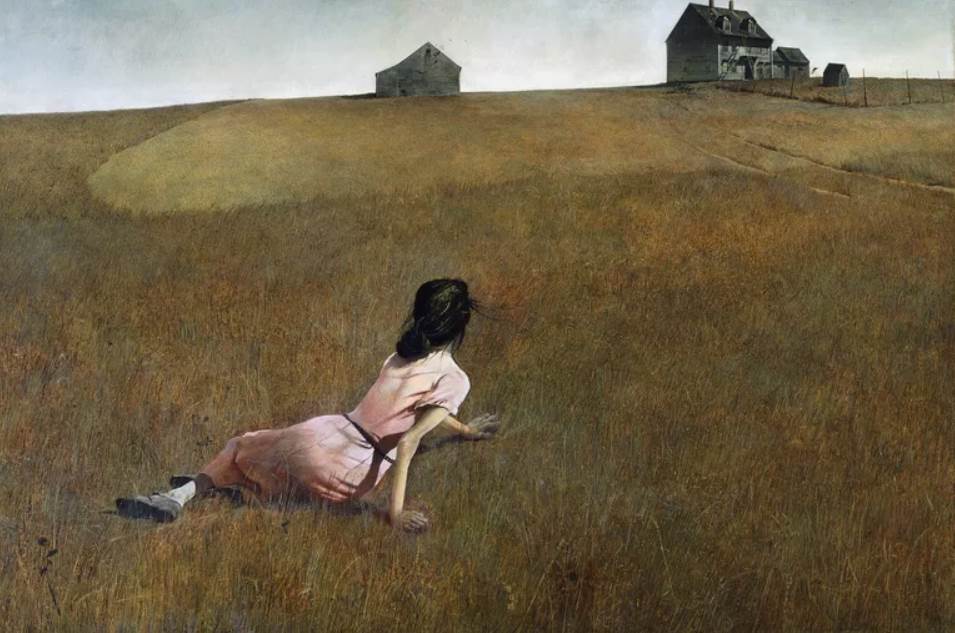
3. The artist used an unconventional medium to complete this painting
The incredible sense of realism of the work was achieved with a rather unconventional medium at the time.
This is an egg tempera painting that Wyeth painted on a panel that he prepared with Gesso, a type of glue mixture that easily absorbed this material.
Egg tempera was the predominant material used by medieval artists but was quite uncommon following the rise of oil painting.
The difference between oil and egg tempera is that oils dry slowly while the latter dries very fast.
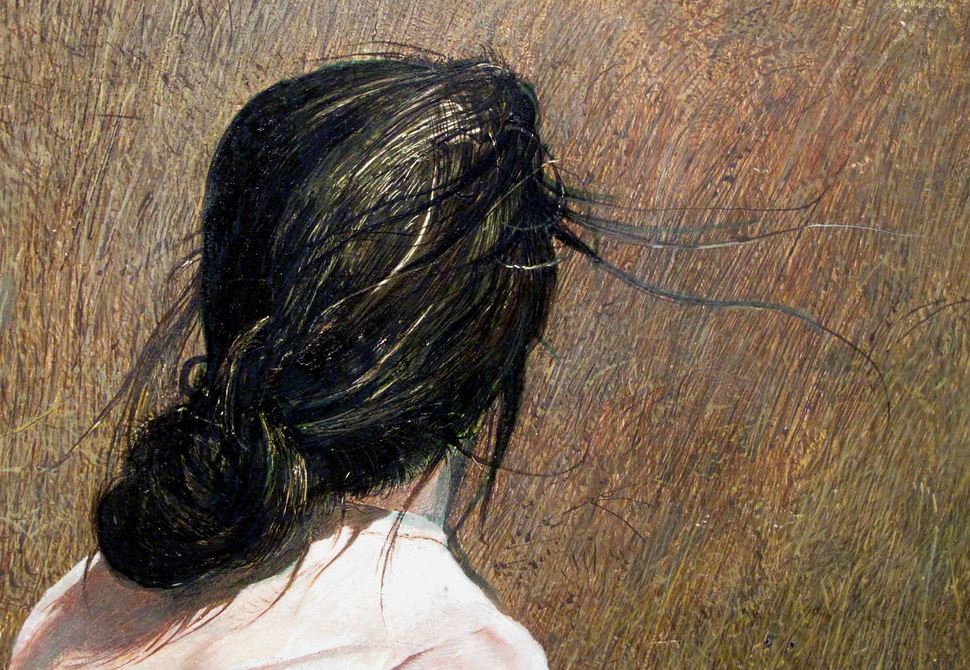
4. The house in the painting is located in a rural town in Maine
Cushing is a small rural town in the utmost southern part of the U.S. state of Maine. This sparsely populated state is situated in the northeastern corner of the country.
The house you can see in this painting is known as the “Olson House.” It was one of the favorite spots of Andrew Wyeth during the early phase of his career and he painted it numerous times.
It was the home of Christina and Alvaro Olsen at the time, who were brother and sister. Both siblings also served as models in numerous paintings by Wyeth.
Because of the painting’s popularity, the house was restored to its original state and designated a National Historic Landmark in June 2011.
The Olson House is owned by the Farnsworth Art Museum and it’s open for the public to visit.
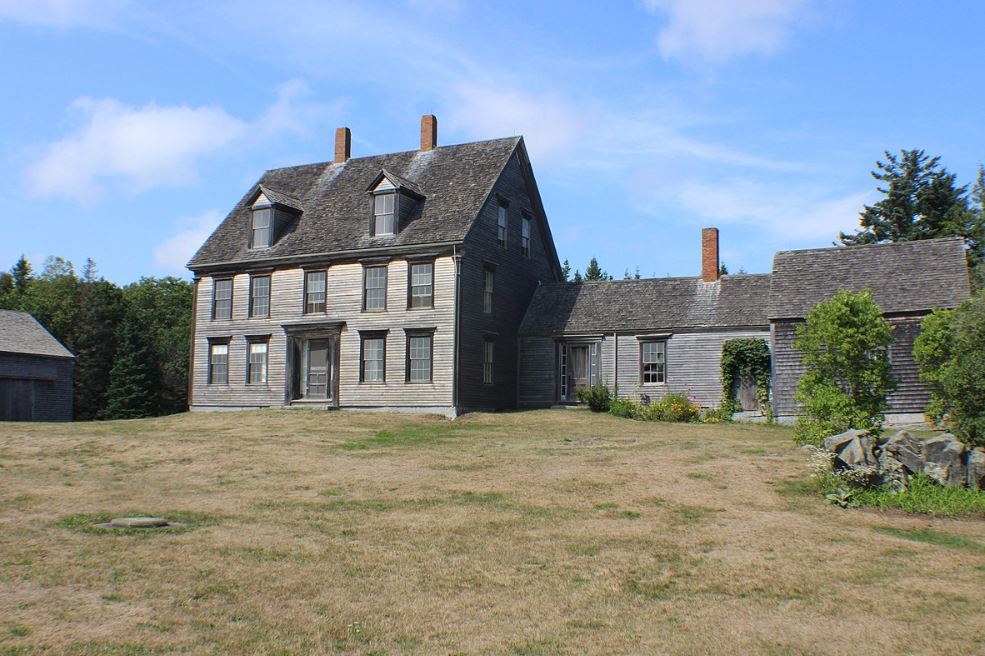
5. Not everything is realistic in this Realism painting
Despite the fact that Andrew Wyeth painted Realism paintings, he took a couple of liberties when painting Christina’s World.
For one, the buildings such as the house and farm buildings are in reality much closer together than how they are in the painting.
Secondly, Anna Olson wasn’t the model of the painting. She was 55 years old at the time and appears to be much younger.
The reason? It was Wyeth’s wife, Betsy James, who served as the model.
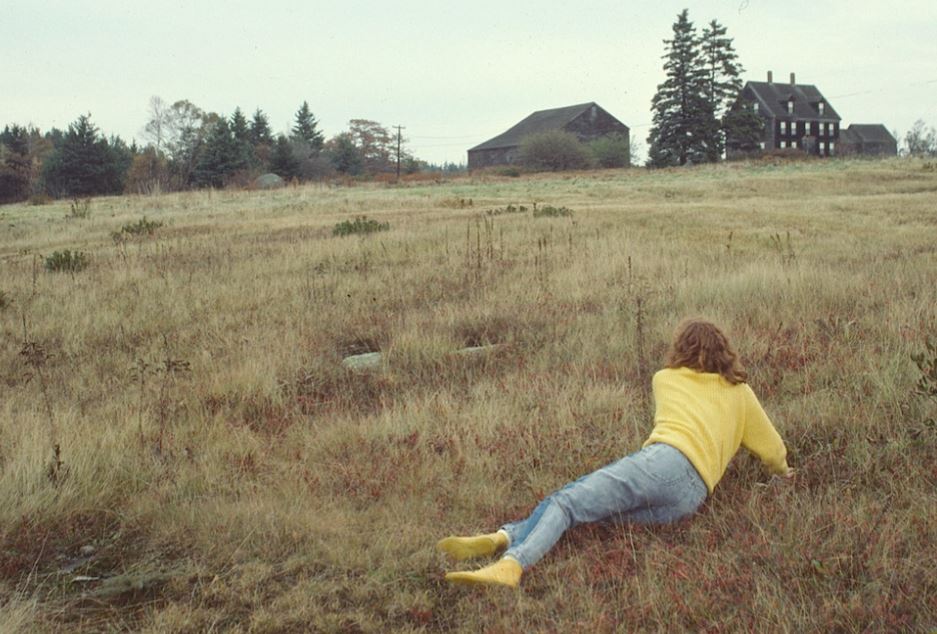
6. The painting was featured in a world-famous science fiction novel
The reason why the painting has become one of the ultimate cultural icons in American art history is that it has been featured many times in various forms of media.
The striking pose of Anna Olson has been replicated in movies and television series, and the painting was featured in one of the most popular novels of the 20th century.
It was featured in “2001: A Space Odyssey,” by Arthur C. Clarke. It’s one of the two paintings that hang on the wall of a so-called “elegant, anonymous hotel suite.”
Remarkably, the painting wasn’t featured in the 1968 film adaptation which was directed by American film director Stanley Kubrick (1928-1999).
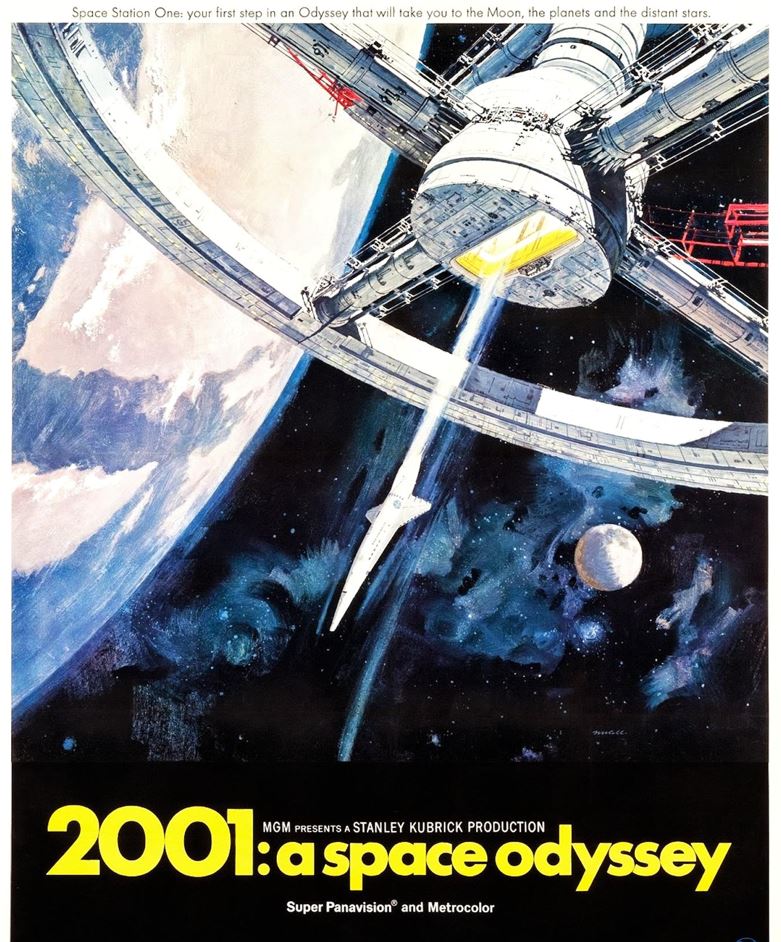
7. How big is Christina’s World by Andrew Wyeth?
It’s definitely one of the best-recognized paintings in American history, but this remarkable work of art surely isn’t the biggest.
Christina’s World (1948) by Andrew Hyeth is an egg tempera on gessoed panel painting that has dimensions of 81.9 × 121.3 centimeters (32.25 × 47.75 inches).

8. Where is Wyeth’s painting located today?
The painting was first exhibited at the Macbeth Gallery in Manhattan in 1948 but it received a rather lukewarm response during this event.
Nevertheless, the painting was bought for $1,800 by Alfred Barr, the founding director of the Museum of Modern Art (MoMA) following the exhibition.
That was quite a hefty sum at the time and the equivalent of about $17,000 today. His promotion ensured the painting became well-known among the American public.
Todah, the painting is still one of the major attractions at the MoMA, one of the greatest art museums in New York City.
